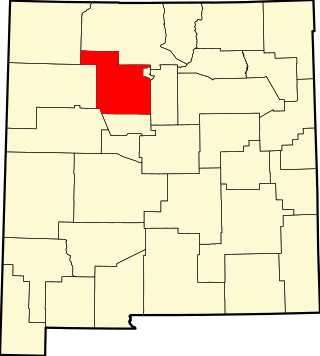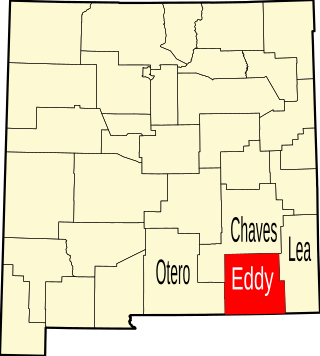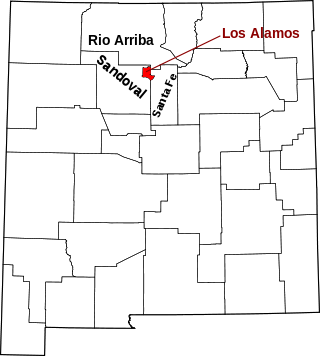There are 12 National Natural Landmarks in New Mexico.
| Name | Image | Date | Location | County | Ownership | Description |
|---|---|---|---|---|---|---|
| Border Hills Structural Zone | 1980 | 33°22′02″N104°56′54″W / 33.367226°N 104.948359°W | Lincoln | federal (Bureau of Land Management) | A rare example of wrench faulting outside the Pacific Coast region. | |
| Bitter Lake Group | 1980 | 33°27′22″N104°24′06″W / 33.456047°N 104.401621°W | Chaves | federal (Bitter Lake National Wildlife Refuge) | Saline artesian lakes that provide habitat for the only inland occurrence of a marine alga and two rare fish species. | |
| Bueyeros Shortgrass Plains | 1980 | Harding | private | An example of the blue grama-buffalograss prairie of the Great Plains. | ||
| Fort Stanton Cave | 1980 | 33°29′57″N105°31′26″W / 33.499099°N 105.523798°W | Lincoln | federal (Fort Stanton – Snowy River Cave National Conservation Area) | Cave containing distinctive examples of selenite needles, starbursts, and velvet flowstone. | |
| Grants Lava Flow | 1969 | 34°53′19″N107°59′36″W / 34.888718°N 107.993472°W | Valencia | federal (El Malpais National Conservation Area) & native (Acoma Pueblo) | One of the best examples of recent extrusive volcanism. | |
| Ghost Ranch |  | 1975 | 36°19′47″N106°28′26″W / 36.329789°N 106.474°W | Rio Arriba | private | Fossil site where well-preserved Coelophysis skeletons were found. |
| Kilbourne Hole |  | 1975 | 31°58′19″N106°57′53″W / 31.971944°N 106.964722°W | Doña Ana | federal (Bureau of Land Management) | An example of an uncommon volcanic feature known as a maar. |
| Mathers Research Natural Area | 1980 | Chaves | federal (Bureau of Land Management) | The best example of a shinnery oak-sand prairie community in the southern Great Plains. | ||
| Mescalero Sands South Dune | 1982 | 33°24′58″N103°52′11″W / 33.416122°N 103.869842°W | Chaves | federal (Bureau of Land Management) | The best example of an active sand dune system in the southern Great Plains. | |
| Ship Rock |  | 1975 | 36°41′15″N108°50′11″W / 36.6875°N 108.836389°W | San Juan | native (Navajo Nation) | An outstanding example of an exposed volcanic neck accompanied by radiating dikes. |
| Torgac Cave | 1974 | Lincoln | federal (Bureau of Land Management) | Cave with distinctive branching stalactites and helictites, the type site of Torgac-type helictites. | ||
| Valles Caldera | | 1975 | 35°54′00″N106°32′00″W / 35.9°N 106.533333°W | Rio Arriba, Sandoval | federal (Valles Caldera National Preserve) | One of the largest calderas in the world. |
















